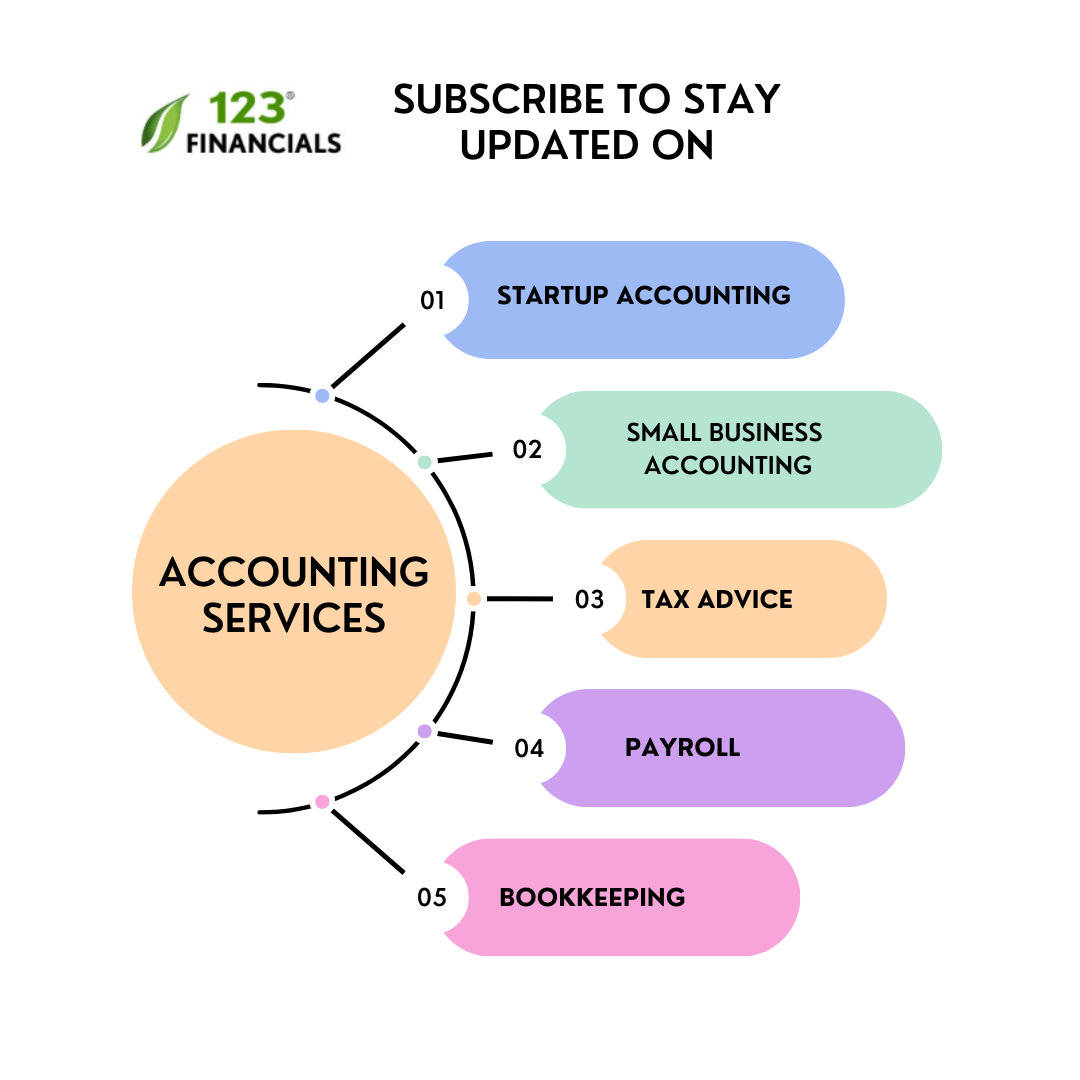Hire Tax Accountant
Work with a London-based accountant for tax, accounting, payroll, & EIS/ SEIS needs.
Taxation is a complex area, and almost every individual and business has to deal with it in one or the other form. Benjamin Franklin rightly quoted, “In this world nothing is certain but death and taxes“.
Therefore, businesses need to be aware of all aspects of taxation, be it filling requirements or different types of taxes.
Tax code forms a vital element of the taxation process for individuals. You may have many questions in mind, like what is tax code BR? Why is my tax code BR? What is the meaning of the emergency tax code?
The article below will help decode the tax code aspect in a detailed manner and answer all such questions.
The topics covered below are:
- What is tax code?
- What is the PAYE scheme?
- Current year tax code
- Interpreting tax code
- Where to find the tax code?
- Insight into different codes
- Emergency tax codes
- Personal allowance & other allowances
- Tax code BR
- Meaning of BR code
- Final thoughts
What is the tax code?
A tax code is a code used by employers and pension providers to calculate the amount of tax to be taken from an individual’s pay. Simply put, it is a code that helps the government calculate the amount of income tax to be deducted from an individual’s salary or pension. The code comprises letter & numbers.
HM Revenue & Customs (HMRC) is responsible for this Calculation. In the United Kingdom, employees have to register under the PAYE scheme to get a tax code.
What is the PAYE scheme?
PAYE stands for Pay As You Earn.
It means that income tax & national insurance contributions are deducted from your pay before it reaches your pocket. The remaining amount is your take-home salary.
The companies must register as an employer with HMRC and set up a PAYE scheme when they get £120 or more a week, plus they get expenses and benefits. The PAYE can be operated either by:
- Using a payroll provider or
- Using a payroll software
Following are the steps to register for the scheme:

Current year tax code
The 2021-22 tax code for basic taxpayers having one source of income is 1257L.
At the starting of the new year, HMRC notifies all PAYE taxpayers about the new tax code. It is called the P2 Notice of Coding.
Interpreting tax code
A tax code is a combination of several numbers and letters. The letters and numbers have a specific meaning.
| Number | The number tells the employer how much tax-free income will be provided this year. |
| Letter | Letter signify your situation in sync with personal allowance. |
The number relies upon tax-free personal allowance and income that is not taxed. The benefits from your job are also taken into account. The standard tax code used is 1257L.
It means the digits are multiplied by 10 to find the tax-free amount. The letter tells how much you have to pay. In this case, £12,570 is the personal allowance, and L indicates that you are entitled to the basic free allowance.
For example, if Mark’s annual income is £45,000 and his tax code is 1257L.
| Total income | £45,000 |
| Less tax free amount (1257 * 10) | (£12,570) |
| Taxable pay | £32,430 |
In summary, when your tax code is 1257L, £12,570 is the amount deducted from total taxable income. The figure left is the taxable amount.
The process is different if an employee has a letter K in their tax code.
Where to find the tax code?
The payslip received from the employer contains the tax code. It is mentioned near to the National Insurance Number. You can also check the government online tax checker tool to know the code.
Insights into different codes
The tax code comprises different letters that hold a significant meaning. The detailed description is as follows:
| L | Standard free tax allowance |
| M | The marriage allowance (Partner’s 10% allowance received) |
| N | The marriage allowance ( Transferred 10% allowance to partner) |
| T | Other calculations are included to come at personal allowance figure |
| OT | • You have used the personal allowance • You get a new job • The employer is not having details to give tax code |
| D0 | Income from job/pension taxed at a higher rate |
| D1 | Income from job/pension is subject to tax at additional rates |
| NT | No tax is paid on this income |
| S | Income taxed as per rates in Scotland |
| SOT | • You have used the personal allowance (Scotland) • You got a new job • The employer has no details to give tax code |
| SBR | Income is subject to tax at basic rates in Scotland |
| SO | Income is subject to tax at intermediate rates in Scotland |
| SD1 | Income is subject to tax at a higher rate in Scotland |
| SD2 | Income is subject to tax at the top rate in Scotland |
| C | Income taxed using rates in Wales |
| COT | • The personal allowance is used up (Wales) • You got a new job • The employer has no details to give tax code |
| CBR | Income is subject to tax at basic rates in Wales |
| CD0 | Income is subject to tax at higher rates in Scotland |
| CD1 | Income is subject to tax at intermediate rates in Scotland |
Above are certain prominently used letters in respect of tax codes.
Apart from these, tax codes that have the letter ‘K’in the beginning signify that you have income that is not taxed another way, and it is more than your tax-free allowance.
It happens in the following cases:
- You are paying the tax you owe from a previous year through wages and pension
- You are getting taxable benefits
Multiply the number in their tax code by 10 to see how much should be added to taxable income.
For example, if Kate’s annual income is £40,000 and her tax code is K600.
| Total income | £40,000 |
| Add: Untaxed income (600 * 10) | £6,000 |
| Taxable pay | £51,000 |
Emergency tax codes
Emergency tax codes signify that you will pay tax on all your income above the basic personal allowance. The payslip quotes the following as emergency codes:
- 1257 W1
- 1257 M1
- 1257 X
The code is used when HMRC is unable to figure out the income details at times when:
- You get a new job.
- You are working after being self-employed.
- You are getting company benefits or a state pension.
The HMRC will update tax codes once the employer provides the correct information.
Personal allowance and other allowances
The personal allowance allowed for the year beginning 6 April 2021 and ending 5 April 2022 is £12,570. This means £12,570 is the amount of income you do not have to pay tax on.
However, the amount increases if you take a marriage allowance or blind person allowance, while it decreases if the income is over £100,000.
The tax rates are as follows:
| Band | Income | Rate |
| Personal Allowance | Up to £12,570 | 0% |
| Basic Rate | Up to £12,571 to Up to £50,270 | 20% |
| Higher Rate | Up to £50,271 to Up to £150,000 | 40% |
| Additional Rate | Over £150,000 | 45% |
Marriage Allowance helps you transfer £1,260 of the personal allowance to your wife, husband or civil partner. It reduces the tax up to the limit of £252.
Blind Person Allowance is added to the personal allowance, and the amount is £2520. It is the amount of money you earn before paying tax.
What is tax code BR?
The tax code BR stands for the Basic Rate.
It means all of your income is taxable at 20%. It is a temporary code used until the employer figures out the correct tax code and applies correct deductions.
You get a BR code when:
• The employer does not have enough information to provide the correct code
• You are going from self-employment to PAYE employment
• You have an additional income like a second job or pension
Hire Tax Accountant
Work with a London-based accountant for tax, accounting, payroll, & EIS/ SEIS needs.
What is the meaning of the BR code?
All taxpayers get a tax free personal allowance that changes every year. The payment of tax starts on earnings over the personal allowance.
BR tax code means the entire salary is taxable at 20%, and no tax-free allowance is available.
Being wrongly on the BR code will lead to unnecessary payment as you do not get an allowance.
Final thoughts
Tax codes make it feasible both for employers & employees to keep track of what reaches their pocket. It gives a precise mechanism to compute the liabilities and personal allowances. They are a source of transparency in taxation arrangement.




















